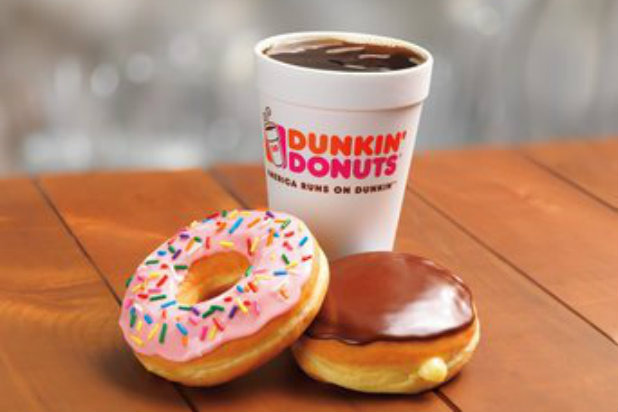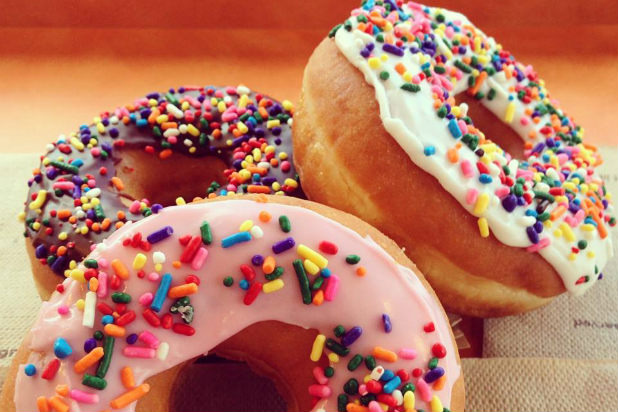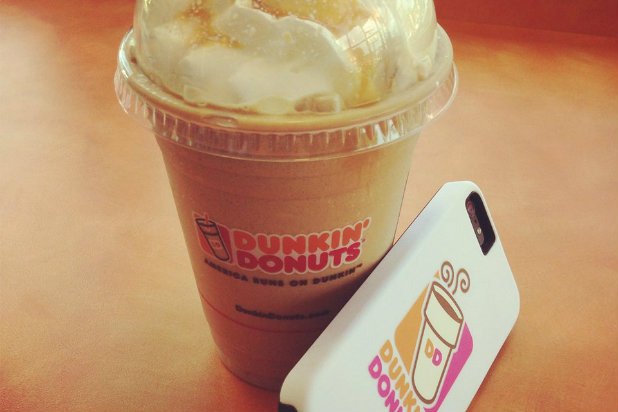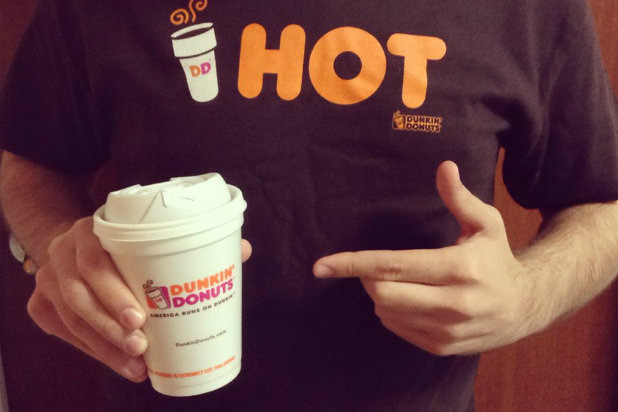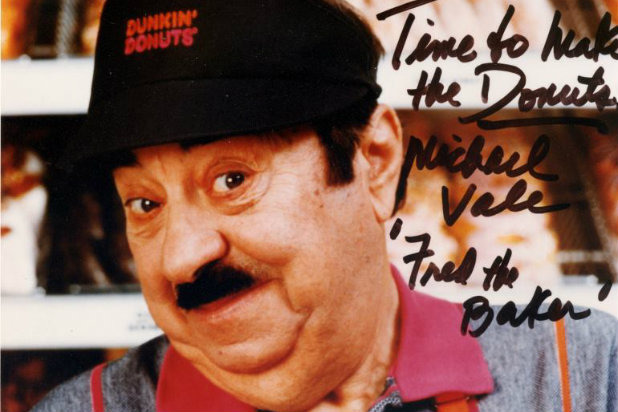13 Things You Didn't Know About Dunkin' Donuts Slideshow
You used to be able to buy your Dunkin' coffee for only 10 cents a cup!
It's All In the Beans
On average, 2,000 coffee beans go into making 1 pound of Dunkin' Donuts coffee.
International Doughnuts
MSN Money reported that there is a doughnut for every country where Dunkin' Donuts is represented. It's reported that the international stores make custom doughnuts to reflect the taste of the locale in which the Dunkin' is located. "In China, Dunkin' Brands serves the "Pork Floss" doughnut, which is glazed and rolled in shredded dried pork."
Cut the Sugar
Instead of ordering your medium latte with whole milk and sugar, opt for Dunkin's medium Latte Lite and you can save 160 precious calories.
Overseas
In Spain Dunkin' Donuts is called Dunkin' Coffee.
You Can Get Creative
Dunkin' Donuts reported that there are over 15,000 different ways to order their coffee. With so many syrups, Turbo shots, and sweeteners, we aren't surprised!
Calorie Secrets
Did you know you can cut 50-60 calories from your morning coffee when you order a medium Dunkin' Donuts coffee with whole milk instead of cream.
Where it All Began
The first Dunkin' Donuts was opened in 1950 in Quincy, Mass.
Add Some Bacon
Dunkin' has a glazed doughnut breakfast sandwich and you can add bacon to it for an extra flavor kick.
Flavor Your Coffee
Dunkin' offers flavor swirls which are pre-sweetened but if you're counting your calories you can opt for the Flavor Shots which are un-sweetened and sugar free.
Quality Control
There are Dunkin' Donuts coffee experts that taste an average of 200 cups of coffee a day to ensure that they're delivering the best possible coffee to consumers.
Fred the Baker
The original Dunkin' Donuts commercial produced in 1982 featured Fred the Baker whoused this signature line, "Time to make the doughnuts!" This character was played by Michael Vale.
Deep Roots
The picture to the left depicts the last known "original" Dunkin' Donuts sign in Massachusetts. The sign was located at the corner of Market and North Beacon streets in Brighton. It was reported that some Bostonians shed tears when the sign was taken down due to structural hazzards.
